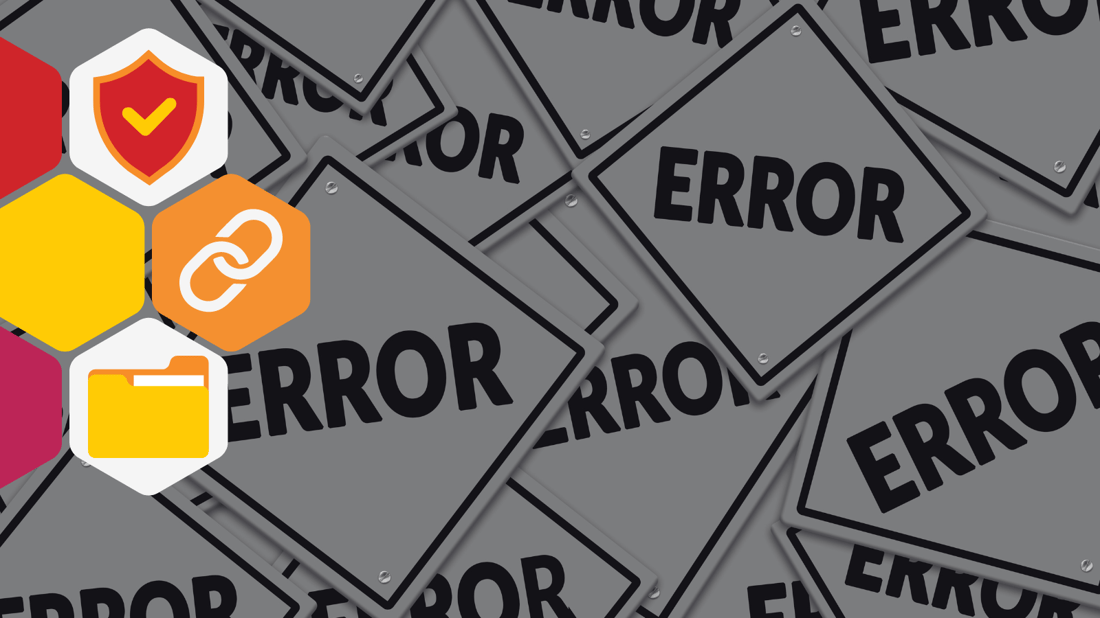60% of Employees Work Around Security Controls. Here’s What That Really Means.
The Stat That Should Stop You in Your Tracks A recent report by Forrester revealed that 60% of employees admit to intentionally working around...
Compliance = meeting legal/regulatory standards (HIPAA, GDPR, PCI, etc.).
Security = managing risk proactively: protecting assets, people, and data from evolving threats.
Confusing the two gives a false sense of safety: being compliant doesn’t guarantee you are secure.
To get real protection: build a risk-based security program that uses compliance as foundation, not ceiling.
In the world of cybersecurity, compliance and security are often spoken about in the same breath—but they are far from interchangeable. The distinction is more than semantics; it's foundational to how organizations assess risk, allocate resources, and build resilience.
As cybersecurity has become more central to business continuity and brand trust, companies have leaned heavily on compliance mandates as a proxy for safety. After all, regulations like GDPR, HIPAA, and PCI DSS are designed to enforce minimum security standards. But here’s the rub: checking the boxes doesn’t always mean you’re secure.
Compliance is about meeting specific, often externally imposed, requirements. It’s measurable, auditable, and largely reactive. For regulated industries, it sets the floor for acceptable practices. But when compliance becomes the north star rather than the baseline, it can lead to a false sense of security.
Case in point: The infamous Target breach in 2013 occurred even though the company was PCI compliant. The technical requirements were met, but deeper issues in monitoring, detection, and response created a massive vulnerability.
"Organizations that conflate compliance with security often fail to invest in proactive controls and human-centric strategies that prevent incidents in the first place."
Security, by contrast, is a strategic, risk-informed effort to protect systems, data, and people from evolving threats. It’s adaptive and proactive. While compliance asks, "Are you doing what the rules say?", security asks, "Are you protecting what matters most in a way that makes sense for your business?"
Security requires ongoing evaluation of not just controls and tools, but behavior, culture, and emerging risks. This is where traditional compliance-driven programs fall short—they often neglect the human layer, where so many attacks succeed.
According to the 2025 Verizon DBIR, 74% of breaches involved the human element, whether through error, privilege misuse, stolen credentials, or social engineering. Compliance didn't stop these from happening.

A key difference between compliance and security lies in how each treats people. Compliance treats humans as checkboxes: did they take the training? Did they sign the policy? Security treats humans as endpoints in a system—vulnerable, fallible, and essential.
To move from awareness to Human Risk Management, organizations need to shift from training completion rates to actual behavior and culture change. This is not only more effective, it is increasingly essential as attackers become more creative and the workforce more complex.
Compliance-heavy programs can actually stifle innovation and delay response. Over-reliance on frameworks can create bottlenecks and blind spots, especially in fast-moving environments like cloud computing or AI adoption.
Moreover, compliance tends to lag behind threat evolution. Emerging risks—like AI misuse, third-party supply chain manipulation, and deepfakes—are not yet reflected in most regulatory frameworks. That means if you’re only compliant, you’re already behind.
Compliance and security don’t have to be at odds. The most mature cybersecurity programs integrate both: using compliance as a necessary foundation, while building dynamic security capabilities that evolve with risk. This includes:
Continual human risk assessments and behavior analytics
Cybersecurity culture programs that reinforce shared responsibility
Risk quantification that includes both technical and human vectors
Adaptive controls based on current threat modeling, not just policy
When integrated well, compliance can support security, not replace it.
It’s time to reframe compliance not as the goal, but as one tool in a broader strategy of risk management and cyber resilience. Ask yourself:
Are we compliant and secure?
Are we measuring what matters?
Are we investing in both technology and people?
At Cybermaniacs, we help organizations move beyond compliance to build mature, behavior-informed human risk management programs. Let’s secure the future, not just check the boxes.
📩 Talk to our team about building a risk-informed, culture-aligned cybersecurity strategy. Sign up for our newsletter or follow us on LinkedIn to stay ahead of the conversation.
Compliance = minimum standard; Security = dynamic, risk-informed protection.
You can be fully compliant but still vulnerable.
Security programmes must look forward (threat modelling, behaviours, culture) while compliance often looks backward (audit, checklist).
Align compliance and security: use compliance frameworks to guide controls, but embed them within a threat/risk-based security strategy.
Communicate the difference to leadership: compliance builds trust and legal cover; security builds resilience and actual safety.
Compliance means adhering to laws, regulations, industry standards and internal policies. Security means protecting your organisation’s assets, systems and data from threats, breaches and misuse.
Yes. Compliance often addresses what controls are in place or documented. Security asks whether those controls are effective, adopted, and resilient in real-world conditions.
Use compliance as a baseline: ensure required controls are in place and documented. Then move to a security mindset: risk assessments, threat modelling, culture/human risk, measurement of effectiveness, continuous improvement.
Because boards and stakeholders often equate compliance with security — but when a breach happens, they’ll ask not whether you were compliant but whether you were secure. Misalignment can lead to devastating business and reputation impact.
Yes – Governance, Risk & Compliance (GRC) frameworks attempt to align compliance, risk management and security controls. But even in GRC, the human-risk, culture, and effectiveness dimension must be emphasized. Wikipedia

The Stat That Should Stop You in Your Tracks A recent report by Forrester revealed that 60% of employees admit to intentionally working around...
5 min read

Understanding the Real Reasons Behind Policy Bypass
4 min read

Rational Choices vs. Emotional Undertones: Navigating Human Decision Making What are human risks in cyber security management? To make models work,...
8 min read
Subscribe to our newsletters for the latest news and insights.
Stay updated with best practices to enhance your workforce.
Get the latest on strategic risk for Executives and Managers.
